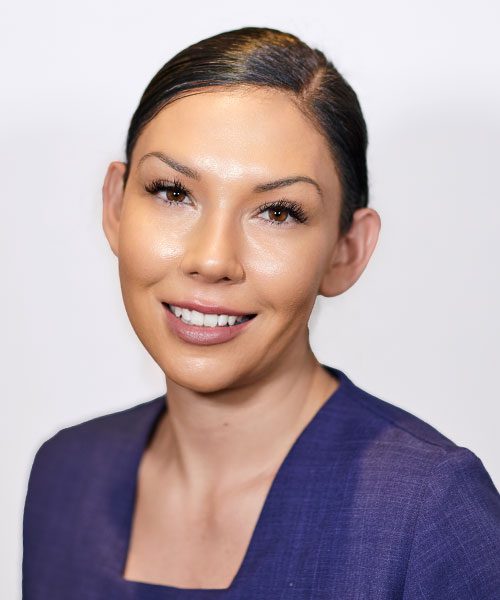- 020 7935 5777
- info@laserlifecliniclondon.co.uk
- 115 Baker Street, Marylebone, London, W1U 6RT
Experts in Laser & Aesthetics
In-Depth Consultations
Over 25 Years Experience
5* Treatment & Service
Finance Available
Friendly & Experienced Staff
Experts in Laser & Aesthetics
In-Depth Consultations
Over 25 Years Experience
5* Treatment & Service
Finance Available
Friendly & Experienced Staff

If you’ve been researching laser skin treatments to target pigmentation, acne scars, fine lines, or dull skin, chances are you’ve come across terms like Fraxel, Fractional, and CO2. But what do they really mean — and which one is actually best for your skin?
At LaserLife Clinic, we specialise in Fractional Laser Resurfacing, and here’s why it’s our go-to solution for delivering visible results without unnecessary risk or downtime.
Fraxel is actually a brand name — much like calling all vacuum cleaners “Hoovers.” Fraxel lasers are fractional, meaning they treat a fraction of the skin at a time using microscopic columns of heat.
There are different types of Fraxel (non-ablative and ablative), and while results can be impressive, not all Fraxel systems are equal — and downtime or discomfort can vary.
This refers to the technology itself, not a brand. A fractional laser treats only targeted areas of skin in a grid-like pattern, leaving the surrounding skin untouched. This triggers powerful collagen production, improves texture and tone, and speeds up healing.
Fun Fact: The term fractional means the laser only treats around 20–30% of the skin at one time, but that’s all it needs to stimulate a full-face rejuvenation! Your skin does the rest, repairing itself with brand-new collagen.
At LaserLife Clinic, we use a non-ablative fractional laser, which means we get the collagen-stimulating, skin-smoothing, scar-fading results — without the excessive trauma or downtime of more aggressive treatments.
It’s suitable for all skin tones, and can be used on any part of the body — not just the face. Whether its acne scarring on the back, pigmentation on the décolleté, or even stretch marks on the stomach or thighs, fractional laser is a powerful, non-invasive way to smooth and rejuvenate the skin.
CO2 lasers are ablative, meaning they remove the top layer of skin completely. While they can deliver dramatic results for severe skin ageing or scarring, they come with significant downtime, higher risk of post-inflammatory pigmentation (especially in darker skin types), and increased discomfort.
Because of this, CO2 is not ideal for everyone, especially those with melanin-rich skin, sensitive skin, or people seeking gentle, progressive rejuvenation.
If you’re looking for:
Then Fractional Laser is the clear winner.
At LaserLife Clinic, we’ve chosen this technology because it delivers exceptional results without compromising your skin’s safety — especially for our clients with pigmentation concerns, acne scarring, or skin of colour.
Get our latest special offers and news by email.
Hours:
Mon – Fri: 10:00am – 9:00pm
Sat: 9:00am – 6:00pm
Sun: Closed
Laserlife Clinic is a trading name of Chrysalis Body Sculpting Ltd.
Finance Options Available:
Klarna
Clearpay
115 Baker St,
Marylebone,
London, W1U 6RT

"*" indicates required fields
"*" indicates required fields